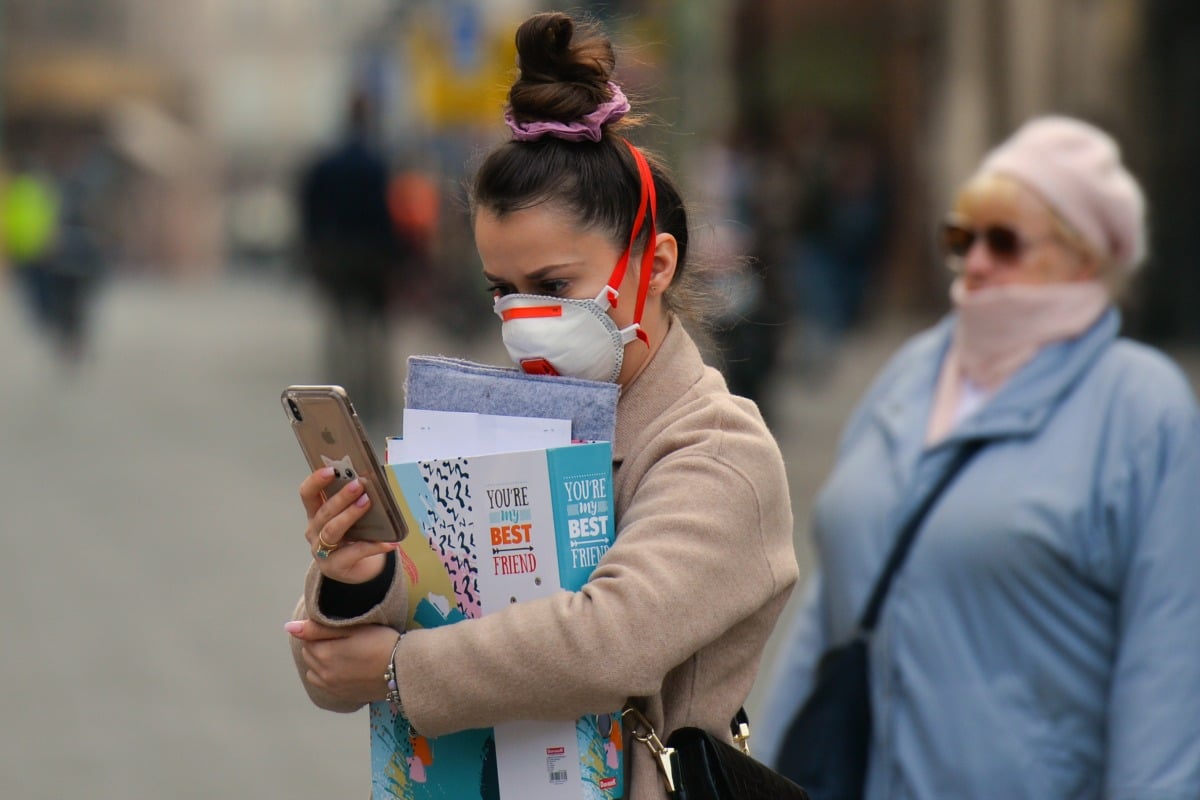
As Australia begins to see the growth of new coronavirus cases slowing down, the Federal Government is starting to plan a strategy for relaxing lockdown restrictions around the country.
Although it’s likely that we won’t be able to entirely put social distancing behind us anytime soon, there’s a strong likelihood that restrictions can be eased in the coming months.
In order for restrictions to be eased, however, there are a number of strategies involving tracking and tracing cases of COVID-19, that may be implemented to allow for greater public movement.
Mamamia’s Claire Murphy answers all of your COVID-19 questions. Post continues below.
The Federal Government believes that restrictions could be reduced in the next few months if there’s more testing implemented and greater surveillance of those diagnosed with the virus.
According to the ABC, the Morrison Government is currently developing a smartphone app, which would allow authorities to trace contact between people who test positive for the coronavirus and people who they may have had contact with.
By having much faster ability to trace cases, authorities would have a greater ability to stop the spread of new infections faster.
The app, which would not be mandatory for Australians to sign up for, will reportedly plot anyone who was in close proximity with someone for 15 minutes or more who tested positive for COVID-19.

Top Comments
‘But we think that the idea of the app is a really excellent one if you’ve programmed it properly, and got the right community buy-in, so we’re actively looking at that.”’
And by ‘it’, the good ‘doctor’ means you. Are you programmed properly?
Thanks, but no thanks. When My Health Record was introduced, a slew of agencies requested that they be given access to every Australian's private health records should they need it. Why would this tracking app be any different?